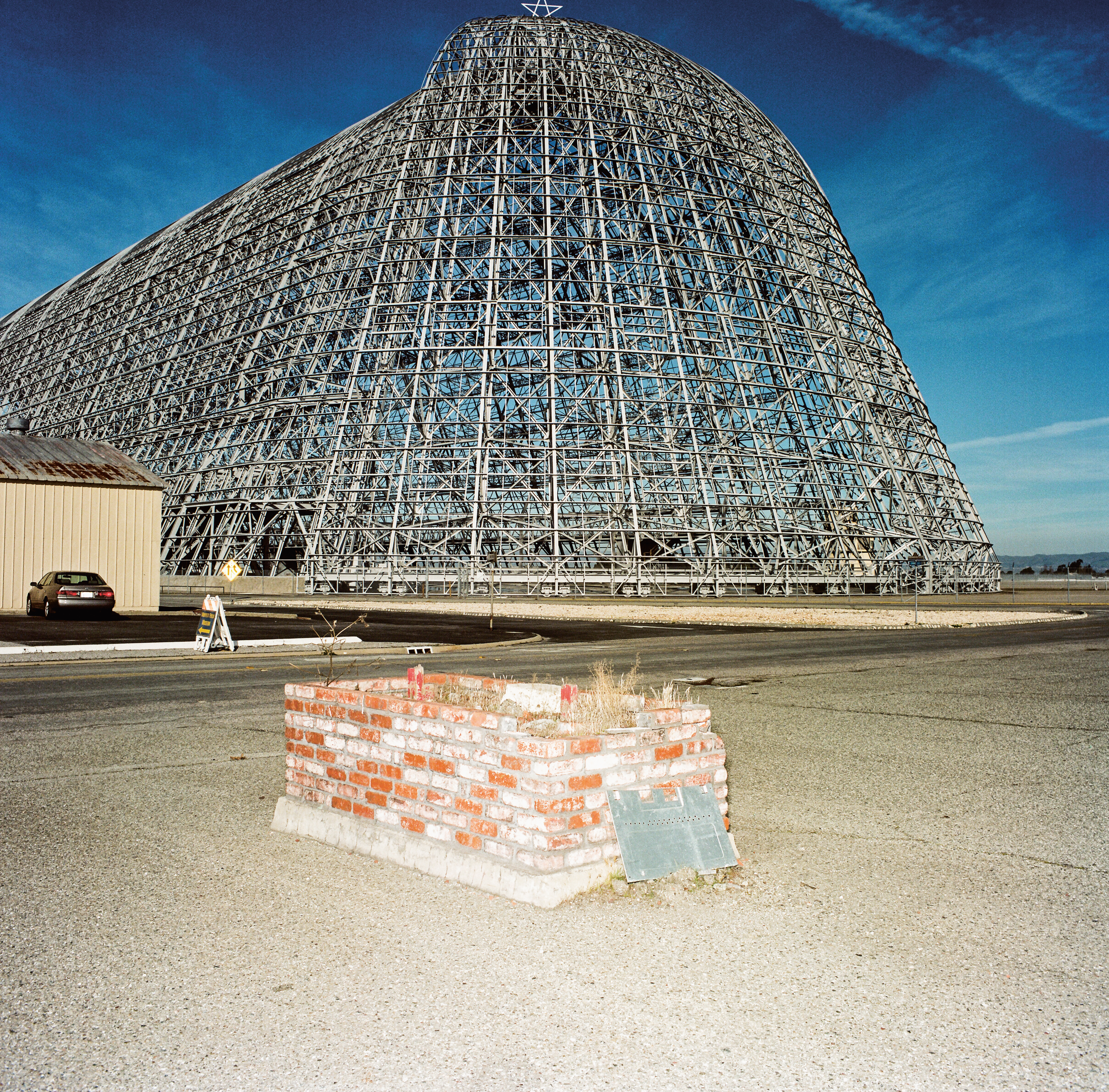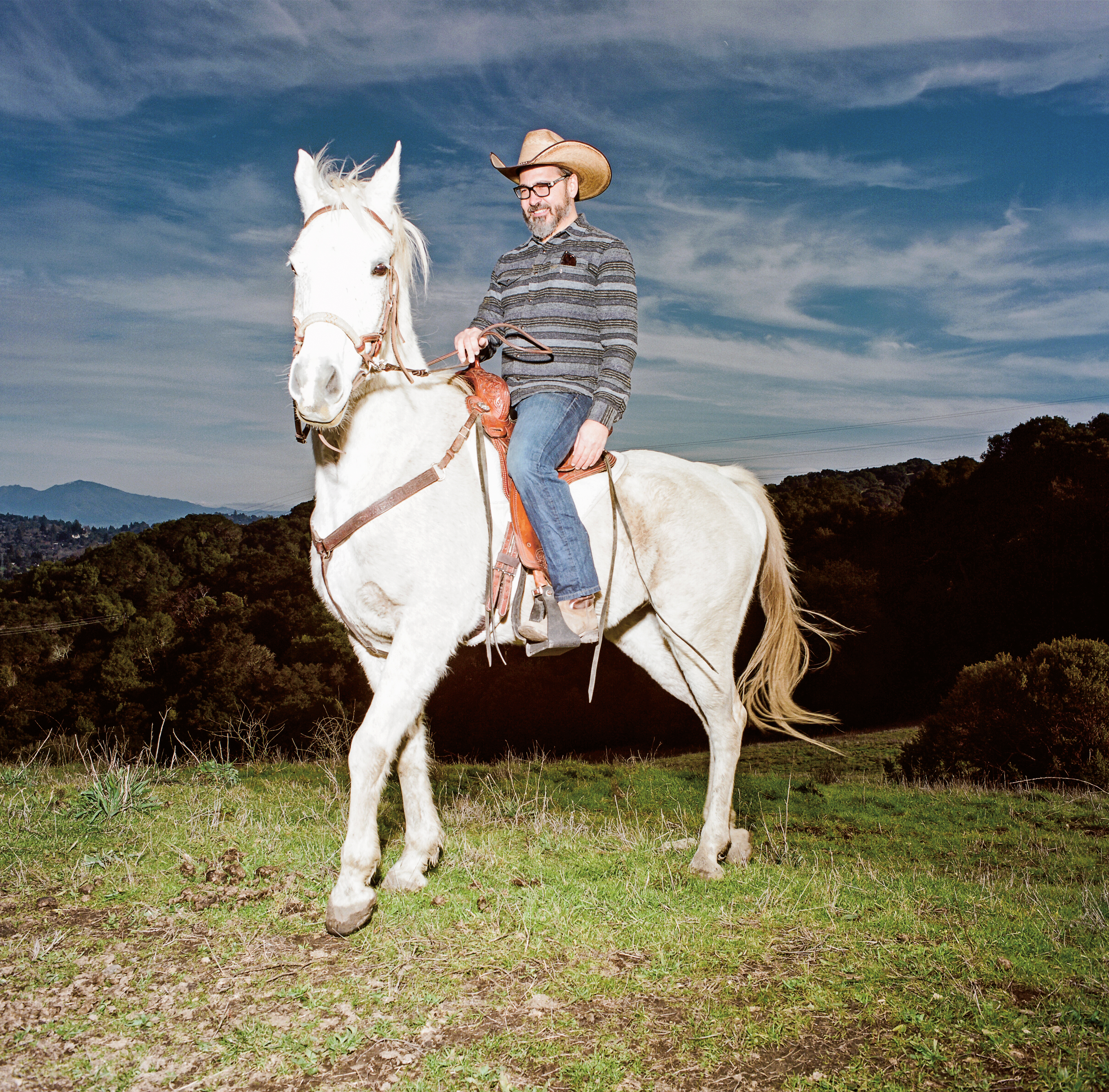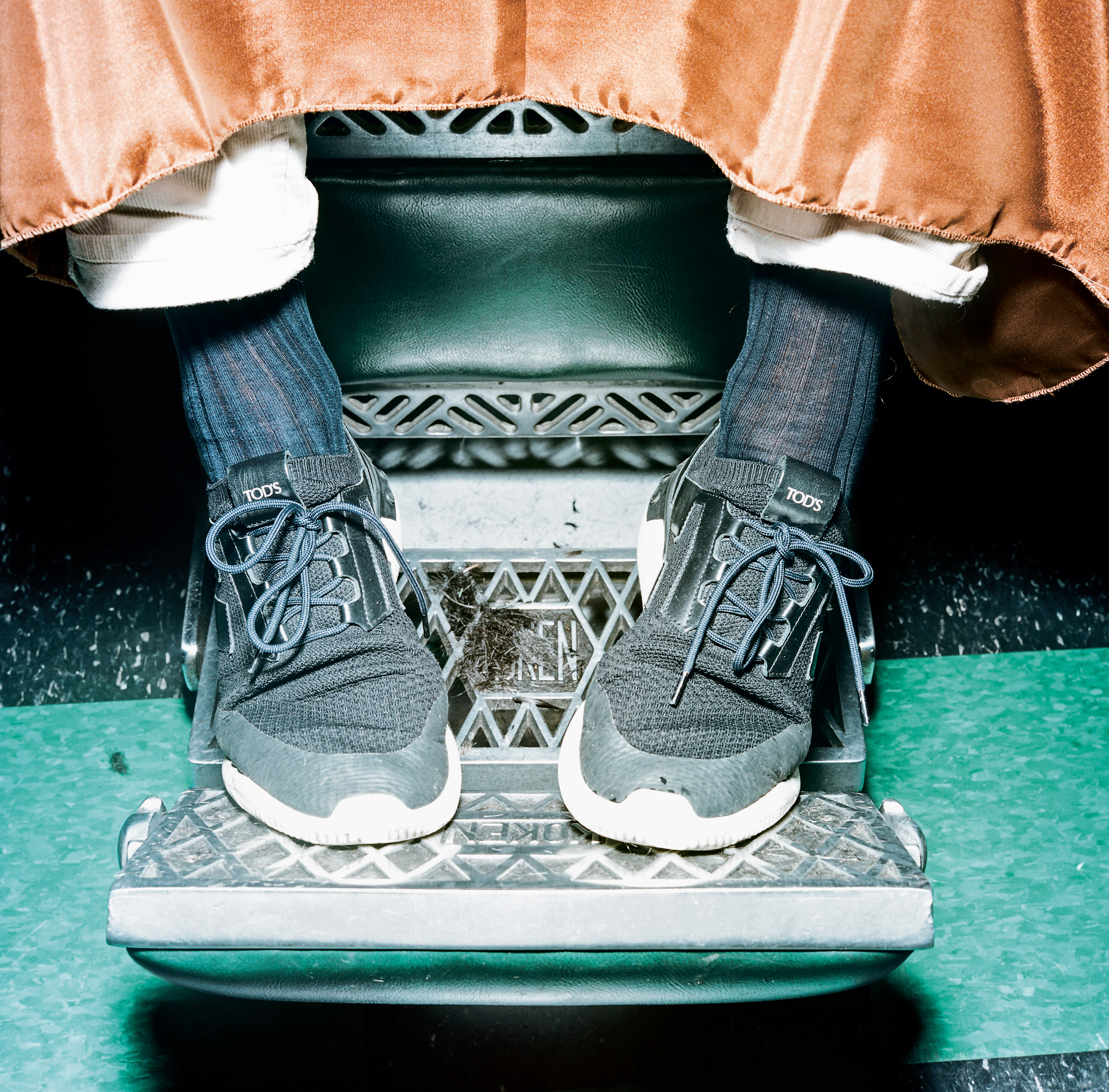Everything

ICON: Tell us about the road trip to Silicon Valley.
Ramak Fazel: “A team of four travelled from Italy and the rest of us came from New York and Los Angeles. We met in San Francisco during what we now recognise was the eve of the pandemic. The six of us in spent our time together in a black van stocked with candy and soda. In my opinion, successful road trips need to strike a balance between control and chance and a good road trip fosters camaraderie. By default, the operating principle of a road trip imposes poor nutrition and days capped off usually in a crummy motel. Considering these things, I think the road trip was successful.”
How did this project with Tod’s come about? Is this the first time you’ve worked with a brand on a project like this?
RF: “My initial involvement dates to the summer of 2019 when I shared some images of San Francisco with Michele Lupi. A larger team of Tod’s had been considering how to visually represent Silicon Valley. They were interested in a photographic essay. I’ve collaborated with other brands on projects involving photography. The degree of freedom and resources allowed for a deeper interrogation.”
What did you want to come across through your photographs for the book?
RF: “From the outset it was important to work within a consistent and familiar visual vocabulary, a language that connects with previous work. Photographing within a fixed metric space obliges a direct address with the subject.”
“I consider these images taken in Silicon Valley to be part of a system that places into relationship images that I’ve realised elsewhere in other occasions. It’s a catalog, a collection of images that lends itself to repurpose.”
![]()
Your work is exclusively analog. Does shooting film factor into that endeavour?
RF: “I embrace the square format analog camera as an apparatus, a mechanical instrument with its own anima. Framing a scene in an analog view finder can be slow and meditative. It’s a controlled form of repetitive “grinding” which has come to strategically dominate our digital play, entertainment and production spaces.
Do you aim to document what you see in your viewfinder? Is the image you capture a static thing? Or is it an event, a feeling…?
RF: “Or is it a creation? Exercising control over the ambient lighting and compositional conditions in an exposure has been important to me. I think these pictures, the way they’re illuminated, they become creations. They are false representations of a non- objective reality, but I feel they represent a collective portrait of Silicon Valley in early 2020.”

You photographed both people and objects for this project. Did you feel compelled to think about these subjects in two separate camps or together?
RF: “They were considered in relationship to one another. The book isn’t a series of portraits, and it’s not only a series of landscapes. It’s a catalog, a reflection on interleaving the animated built environment and natural landscapes of Silicon Valley.”
Did you come away from the project with a grasp on the visual language of Silicon Valley?
RF: “Inanimate objects assert themselves in unexpected ways. For many, a visit to Silicon Valley cannot be considered complete without a selfie in front of the Facebook or Google sign, or even a sign proclaiming, “Silicon Valley starts here”. Recognising the seduction of signage was an important step in searching for vantage points not meant for consumption.”
What other subjects stood out?
RF: “I had not thought of the horse as a symbol of Silicon Valley. In rarefied circles around Silicon Valley, living on a farm or having access to a horse and riding trails is a huge privilege. Whether on private or public land, equine culture signals a kind of virtue.”

What was different about photographing people in Silicon Valley?
RF: “I enjoy reflecting on the regional differences that define America. Closing my eyes, I divert my attention from a visual library of experience and choose to consider a tableau of sounds. The imperceptible flutter of falling snow in a quiet Indiana field, and the distinctive whistle of the work train in New York City subway, connect to a memory. Los Angeles has its own unique profile defined by the incessant drone of automobile tires rolling along worn freeways. And I wonder, can we consider the chimes beats and bells of countless devices. as Silicon Valley’s contribution to a collective soundscape? Rather than visual stimuli, I’d like to think of sound.”
Do you want people to hear your pictures?
RF: “These pictures are predicated on light, composition and materiality. So, they’re quiet. I don’t think I have ever taken loud pictures unless I’ve depicted a space that might be loud (like Market Street when the Giants won the World Series). I would like to try that.”

Were you surprised by what you found in Silicon Valley?
“I wanted to not be surprised by what I found, but to find myself in surprising places.”
RF: “There’s a popular belief that Silicon Valley is a technologically advanced society. Our imagination might take us to places like Singapore, or Japan. You need to search hard to find advanced infrastructure around The Valley. This project definitely gave me, and I think the whole team, a renewed understanding of just how ordinary Silicon Valley can be.”
Did the project change your perception of Silicon Valley?
RF: “I came to appreciate how much has happened in such a short period of time. We commented on the short amount of time that has passed since it was a horse town.”
But it’s still a horse town, right?
RF: “That culture still is pervasive, but now the horse is a symbol of privilege. The horse represents a connection to territory and soil that predates all of us.”
![]()
The 190-page book, published and distributed by Rizzoli International, will be available from late-March 2021 in exclusive bookstores around the world, at rizzoliusa.com and Amazon.